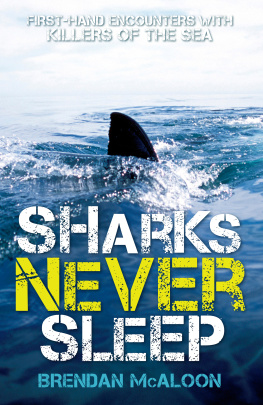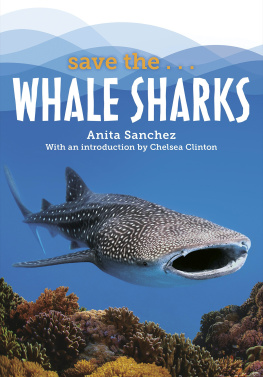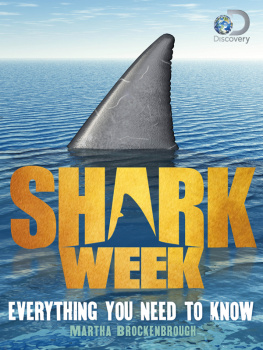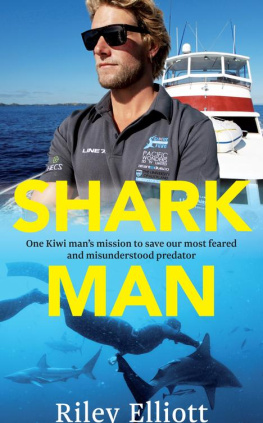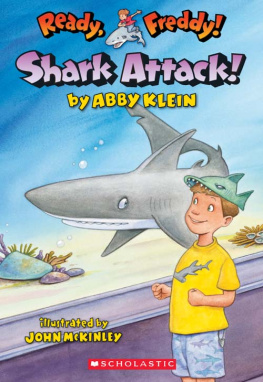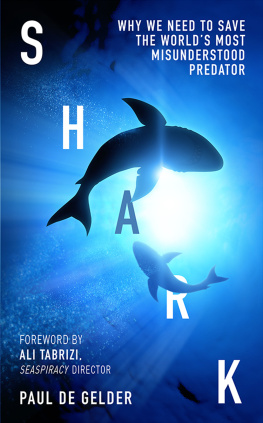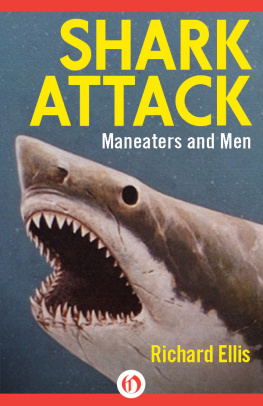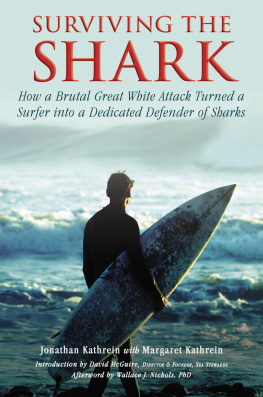CONTENTS
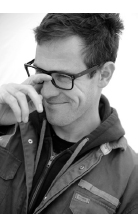
Brendan McAloon is a reformed journalist and television producer. He established Rip Curls Search TV series, co-produced Mick Fannings award-winning biopic surf film Mick, Myself & Eugene, and was a television producer for professional surfings World Championship Tour. He followed his 2009 surf/travel memoir Deep Water: Travel stories & the search for the perfect wave by editing the journals of the original surf explorer Peter Troy (To the Four Corners of the World) in 2011. He lives on Victorias west coast with his wife and two children.
I T BEGAN WITH surfing. I contracted that life-altering virus on summer holidays in Port Fairy, a pretty fishing port on the southern edge of Australia. I grew up two hours from the nearest beach yet became as addicted as the most strung-out junkie a landlocked country kid infected with a deep longing for elsewhere. I gravitated towards the coast before I was old enough to drink beer or drive a car, surviving on Saturday morning bus rides to Barwon Heads and blue heaven Big Ms. Ocean swells are ephemeral, but for the next two decades I arranged my life around the friction of wind on water, chasing the perfect waves of my teenage dreams. For years leaving the coast was like holding my breath, anxiety bubbling beneath my breast.
Then the anxiety morphed into something else. It began in Western Australia in 2010, when Nick Edwards was mauled to death by a great white shark while surfing at South Point in Cowaramup Bay. My eldest son was barely a year old. There were three more fatal shark attacks in Western Australia in 2011. There were another two in 2012. By the time Chris Boyd was killed while surfing at Umbies, just around the corner from Cowaramup Bay at Ellensbrook, in November 2013, I had a wife and two kids to consider. I couldnt help but think of them at home, asleep in bed, while I paddled out in the muted pre-dawn light, baubles of cray weed casting dark shapes across the ocean floor. There were five fatal shark attacks in Australia in 2014 and a record high of 33 attacks in 2015, including a brutal fatality on the far north coast of New South Wales that sent shockwaves around the country and beyond.
As a nave and idealistic young university student, I would inscribe Francis Bacons famous quote, Knowledge is power, on the inside cover of my notebooks. The following is my attempt to exorcise the fear with facts: true stories of encounters with sharks, those man-eating monsters of myth.
T HE GREAT FISH glided quietly around the outcrop of ancient, barnacle-encrusted rock and tracked back towards the shore, following the coastline south, around the cape. Moving majestically, the fish swept its powerful tail from side to side as it swam along the easternmost edge of Australia, past white-sand beaches and rocky headlands fringed by rolling hills, rainforest and sleepy holiday towns. It was hunting, invisible below the surface, camouflaged from both predator and prey. Beams of morning light penetrated the Pacific, dancing across the dirty-grey dorsal fin, but the enormous shark merged with the darkness of the ocean deep. Seen from below, its white belly blended with the sun-dappled surface.
At Seven Mile Beach, a lone fisherman stood in ankle-deep water, casting into the boat channel. An olive-green bream darted skittishly across the gutter. Neither saw the distinctive conical snout, underslung mouth curved in a permanent sneer and dead black eyes of the most fearsome predator on earth as it cruised silently by, around Shag Rock, past Boulder Beach and Iron Peg, moving mindlessly south like a prehistoric torpedo.

Darren Rogers turned right at the East Ballina Cemetery and wove through the clutter of holiday houses and faded apartment blocks set atop the ridge, gazing towards the horizon. It was one of those sluggish, slow-motion summer mornings. Stale heat rose from the shadows of the mangroves and waterlogged swamp oaks lining the waterways that veined the quiet northern New South Wales town. The sun was hot, piercing the thick blanket of humidity and bouncing off the bitumen of Beach Road as it sloped down past the lighthouse towards the sea.
Darren checked the surf from his usual spot at Ballina Head, with Shelly Beach to the north and Lighthouse Beach to the south, where the Richmond River rock wall pokes out into the Pacific, its basalt blocks spilling down into the water. The ocean was smooth, and orderly lines of swell swept shoreward, cresting and peaking into perfectly formed waves. Beyond the rock shelf at Shelly Beach, two small clumps of surfers floated either side of a deep channel, riding the ebb and flow of the ocean. Darren hadnt surfed for almost six months because of a serious neck injury, but today the urge was irresistible.

Tadashi Nakahara swooped around the base of the wave in one graceful arc, tucking his slender body into a low crouch, left arm extended, as the wave curled over him. Brooke Mason stroked over the shoulder, hooting and hollering, as Tadashi disappeared inside the barrel: a silhouette speeding past, lost in a mist of spray.
Brooke laughed, sat up and adjusted her bikini, unable to wipe the smile from her face. The summer sunshine, tropical water and picture-perfect surf had been a distant dream for the 19-year-old surfer from the southern suburbs of Hobart. But now she was here, having arrived in Byron Bay only the day before to begin a year-long break from studying medicine at the University of Tasmania. Tadashi paddled alongside Brooke, both grinning like a pair of Cheshire cats. There was a lull in the swell and they spent a moment drifting, talking about how good the waves were, how beautiful the day was and Tadashis young son in Japan.
Meanwhile, Darren Rogers pushed his surfboard through the shallows, navigated a line of broken whitewater and began paddling for the horizon. Out to sea, Tadashi had moved deeper than the other surfers. He straddled his surfboard, toes dangling in the water, and waited.

The great fish sensed vibrations in the water; its electroreceptors detected subtle changes on the surface. It rushed up from the deep, gaping jaws hinged open to 150 degrees, revealing a bloody-pink gum line and jagged, uneven rows of serrated teeth. It hit Tadashi like a bolt of lightning, dragging him underwater.
I think I wouldve been about ten to fifteen metres diagonally from Tadashi, Brooke recalled. I watched him move out of the corner of my eye and I looked at him and just saw him take a huge breath and go under. I thought he was just going for a swim. All of a sudden there was a big splash and pretty much instantly, there was just blood everywhere. There was blood right near me it spread out in the water so fast and there was just so much blood. He got pulled down so deep and his board got pulled down with him. My brain just kind of realised, Thats a shark attack.
My legs were quivering. I kind of looked away and looked back. There was just blood but he wasnt there. I didnt know where he was. I was split between deciding whether I should paddle further out to him or to paddle in. My fight or flight response took over and I started to paddle in. I was focusing on just one stroke at a time. Pretty much my mind had gone into a kind of war zone mode. I sort of thought that everyone would be attacked you sort of think youre about to die. All the other guys in the water were paddling in and everyone was quiet and no-one was yelling. There were no waves to come in on. It was the scariest moment of my life.

